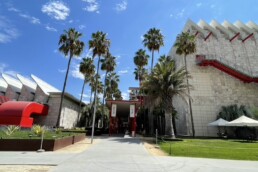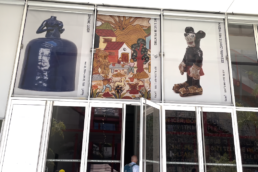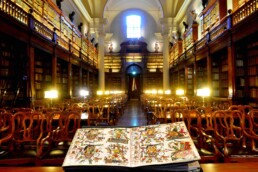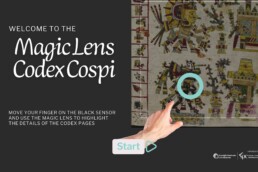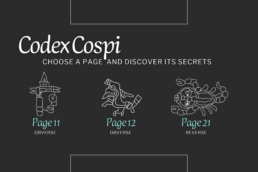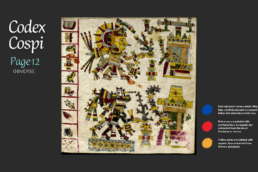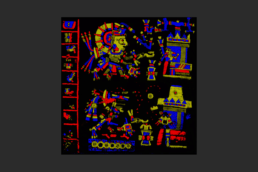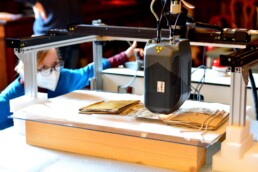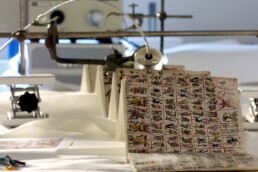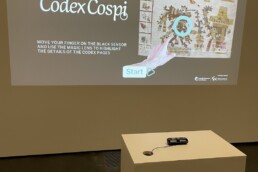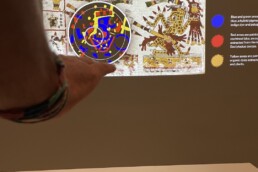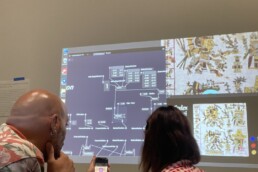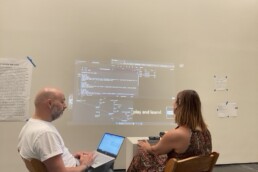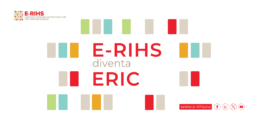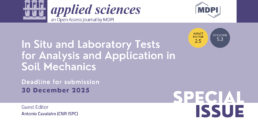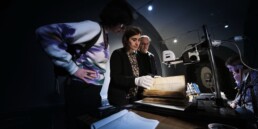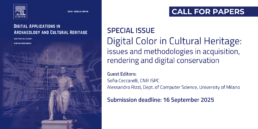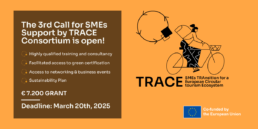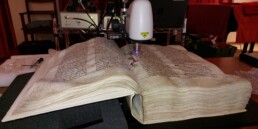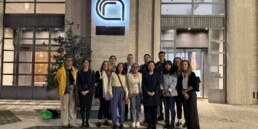CodexCospi Magic Lens opening in Los Angeles!
Inauguration of "We Live in Painting" at LACMA Featuring the Multimedia Installation "MagicLens CodexCospi"
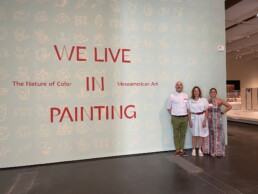
Los Angeles, CA – The Los Angeles County Museum of Art (LACMA) is proud to announce the grand opening of its highly anticipated exhibition, “We Live in Painting. The Nature of Color in Mesoamerican Art”, an immersive exploration of science, art, and cosmology of color in Mesoamerica. The exhibition officially opened on Wednesday 18th, Sept., offering a journey through artistic expression and human creativity.
Technology and digital storytelling
CNR ISPC contributed to the debut of an interactive multimedia installation “MagicLens CodexCospi”, hosted in the Resnick Pavilion of LACMA, in the section “The Science of Color”. It is developed in the framework of PRIN project KNOT – Knowledge of Things Reassessing the Indigenous American Heritage in Italy which sees the partnership of CNR ISPC, University of Bologna and Sapienza University of Rome. Enzo d’Annibale, a researcher in multimedia design and visual programming at CNR ISPC, designed and customized the software for this exhibition.
Developed as a dynamic exploration tool for one of the world’s most enigmatic pre-Columbian manuscripts, ”MagicLens CodexCospi” invites visitors to delve into the manuscript’s complex iconography and historical significance through an interactive, augmented reality experience through three main pages: page 11 obverse, page 12 observe and page 21 reverse.
Visitors can appreciate the colorful pages, its miniatures and details. Above all, they can highlight – simply with their hand – a specific area of the projected page and unveil what’s beneath the visible surface. Indeed, a Leap Motion ultrared sensor set upon a desk, allows us to play with the virtual pages and shapes.
Designed respecting the rules of digital accessibility by Alfonsina Pagano, User Experience Researcher at CNR ISPC, the interface design and user interaction are intuitive and user-friendly, ensuring seamless navigation for all users, including those with disabilities, while providing a visually appealing and efficient experience.
This state-of-the-art application provides an unparalleled way to engage with ancient Mesoamerican culture, allowing users to “unlock” the secrets of the Codex Cospi in real-time through multimedia storytelling and digital overlays.
The power of color and the materiality of its pigments
Since 2005, thanks to the access to cutting-edge technologies offered by the mobile laboratory MOLAB of E-RIHS (European Research Infrastructure for Heritage Science), researchers of CNR together with the University of Perugia and University of Bologna, have undertaken scientific investigations to analyze the composition of the painting materials of some pages of Codex Cospi, today explained in the MagicLens application thanks to David Buti, researcher in the field of heritage science at CNR ISPC.
Spectroscopic analyses and hyperspectral imaging techniques have allowed us to discover changes in the palette between the two sides of the Codex. Obverse and reverse, in fact, had been painted in two different periods and regions. These differences correspond to changes in painting materials as well. Mesoamerican scribes indeed used organic dyes to paint yellow and orange areas on the obverse, while they painted exclusively with orpiment (a toxic mineral pigment containing arsenic) all the yellow areas on the reverse. Maya blue instead, although produced in different tonalities, was adopted to paint blue and green areas on both sides of the codex.
Multidisciplinary at the service of Public Dissemination
This immersive experience is the result of a collaboration between art historians, diagnostics, digital technologists, multimedia designers and cultural heritage experts, bridging the gap between ancient art and modern innovation. The importance of multidisciplinary is also revealed in the movie presenting the Codex Cospi and the MagicLens app.
Discover the Codex Cospi Magic Lens
The “We Live in Painting” exhibition will run from Sept. 18th 2024 through Sept. 1st, 2025 and follows two interconnected lines of inquiry – technical and material analyses, and Indigenous conceptions of art and image – to reach the full richness of color at the core of Mesoamerican worldviews.
Tickets for the exhibition are available online or at the museum’s box office.
